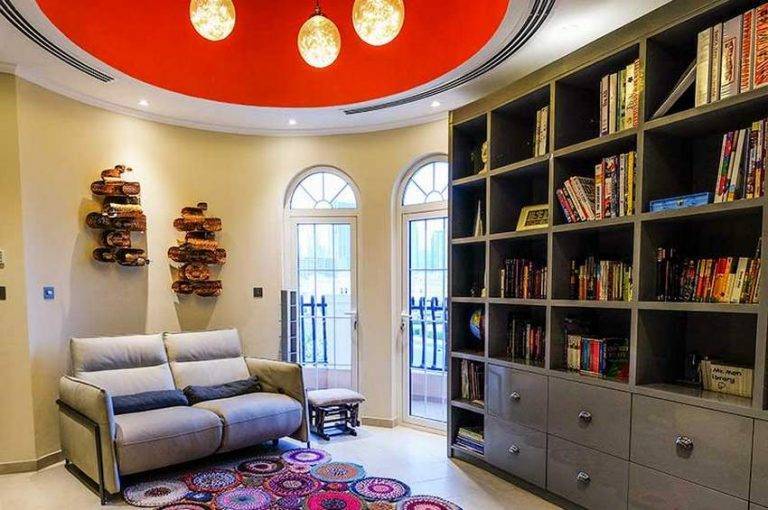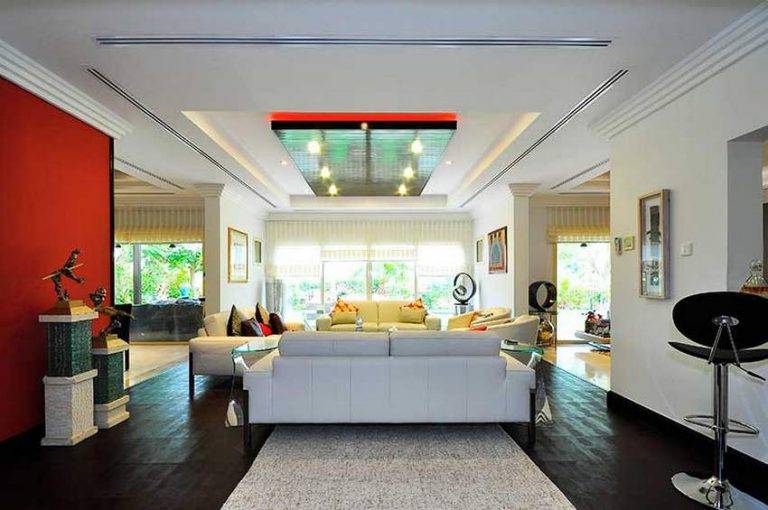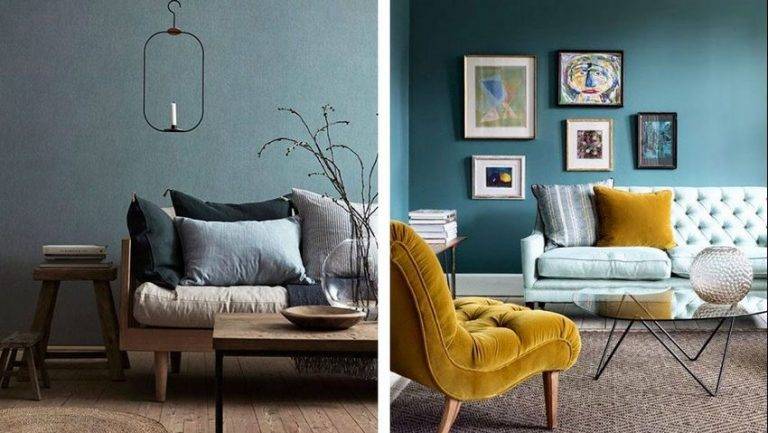Learn the Color Terms
When painting your interior, it helps to understand the terminology used to describe a color.
• Hue is what we call a color. For example, blue is the hue; yellow is the hue.
• The value of the hue is how dark or light the color is.
• Saturation refers to how dominant the hue is. For example, as we go from pink to red, the red hue becomes more dominant.
• Intensity is the brilliance of the color. Pure colors such as red, blue and yellow are more intense than the combined colors such as yellow-green or pinkish-red. An intense stronger color usually has a more dominant hue.
If you want to create a more dynamic space, consider including more intense colors. If you want a light-colored room, choose colors that are slightly more saturated than light pastel or off-white.
Very light color can feel bright and stark when it appears on all surfaces in a room.However, two or more medium-light, closely related pastel colors could create a glowing effect when added to the same room.












